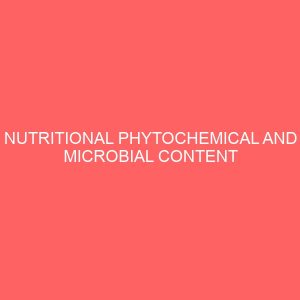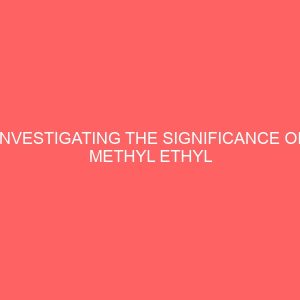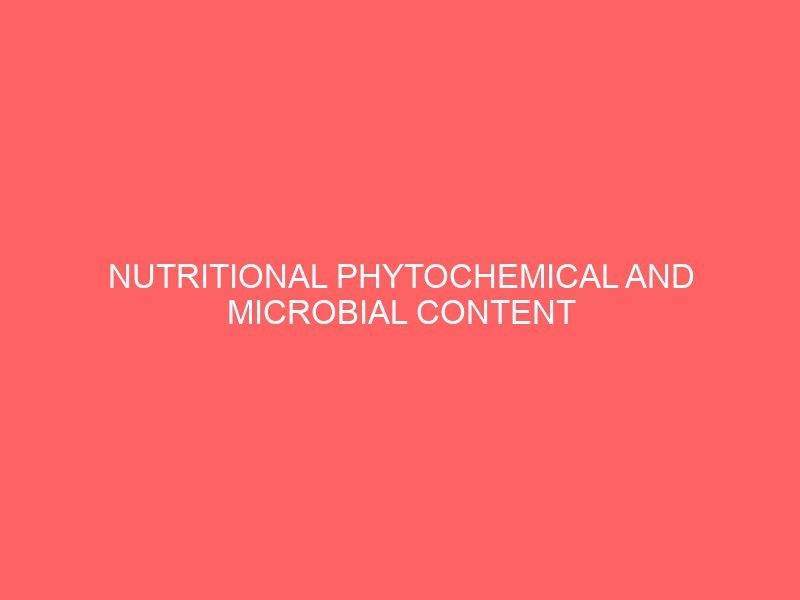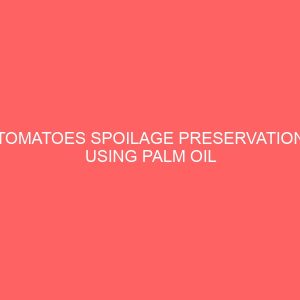Description
Plants have been an important source of medicine for thousands of years. Even today, the World Health Organization WHO estimates that up to 80 of people still rely primarily on traditional remedies such as herbs for their medicines. The medicinal value of these plants is due to the presence of a variety of phytochemicals and their elemental composition. The role of medicinal plants in disease prevention or control has been attributed to the antioxidant properties of their constituents, usually associated with a wide range of amphipathic molecules that are broadly referred to as polyphenolic compounds. There is a growing interest in the development and evaluation of natural antioxidants from medicinal plant materials in the food industry and the field of preventive health care. Among those herbs, one promising species is Bombax costatum leaves, which is native to the subHimalayan regions of Northwest India. It is widely distributed throughout Africa, Saudi Arabia, Southeast Asia, the Caribbean Islands, and South America. Every part of Bombax costatum leaves has medicinal properties and is commercially exploitable for the development of medicinal and industrial byproducts.Traditionally, the leaves, fruits, flowers, and immature pods of this tree are edible; they are used as a highly nutritive vegetable in many countries, particularly in India, Pakistan, the Philippines, Hawaii, and some African nations. In developing nations, Bombax costatum leaves is used as an alternative to imported food supplements to treat and combat malnutrition, especially among infants and nursing mothers, by virtue of its chemical constituents.Several valuable reviews of the ethno botanical uses of Bombax costatum leaves are available. It has been found to be a good source of polyphenols and antioxidants. Phytochemicals such as vanillin, omega fatty acids, carotenoids, ascorbates, tocopherols, betasitosterol, moringine, kaempferol, and quercetin have been reported in its flowers, roots, fruits, and seeds. The leaves, in particular, have been found to contain phenolics and flavonoids; these compounds have various biological activities, including antioxidant, anticarcinogenic, immunomodulatory, antidiabetic, antiatherogenic, and hepatoprotective functions and the regulation of thyroid status. Moreover, leaves contain trace elements that are essential to human health. For instance, magnesium, iron, selenium, and zinc play an important role in metabolism, and interest in these elements is increasing together with reports relating trace element status and oxidative diseases. However, a recent study has shown that dried Bombax costatum leaves contain lead at very high values of 352.0mg/L. Therefore, it is very important to identify the mineral composition of Bombax costatum leaves that are widely consumed by humans and animals.In Mexico, Bombax costatum leaves are widely cultivated in different zones of the country and are found in more than ten states from Sonora to Oaxaca on the Pacific side. Few studies have been conducted on nutritional and phytochemical composition; however, to date, a detailed composition of the leaves of Bombax costatum leaves that is native to Mexico has not been reported yet. In addition, it is important to bear in mind that the mineral and phenolic contents present in leaves depend on several factors such as geographical area where the plant is cultivated, type of soil, water and fertilizers, industrialization process, and storage conditions.








Reviews
There are no reviews yet.